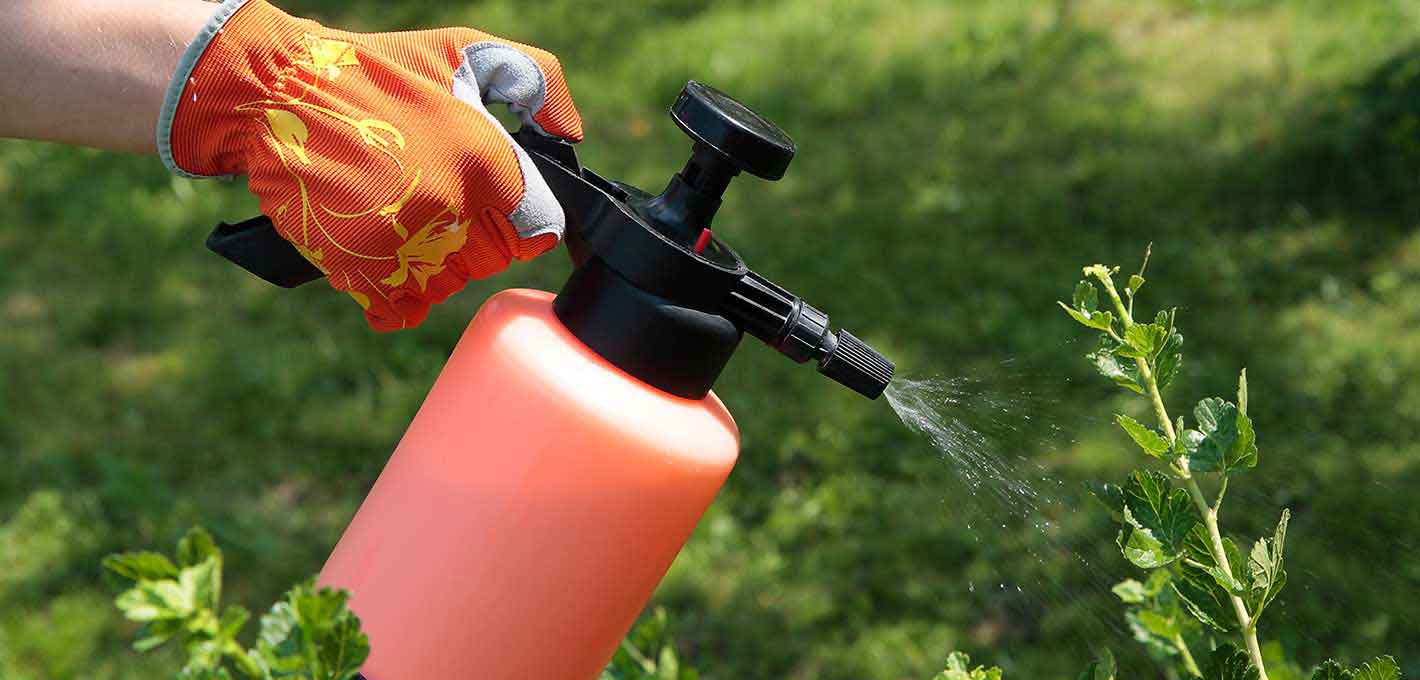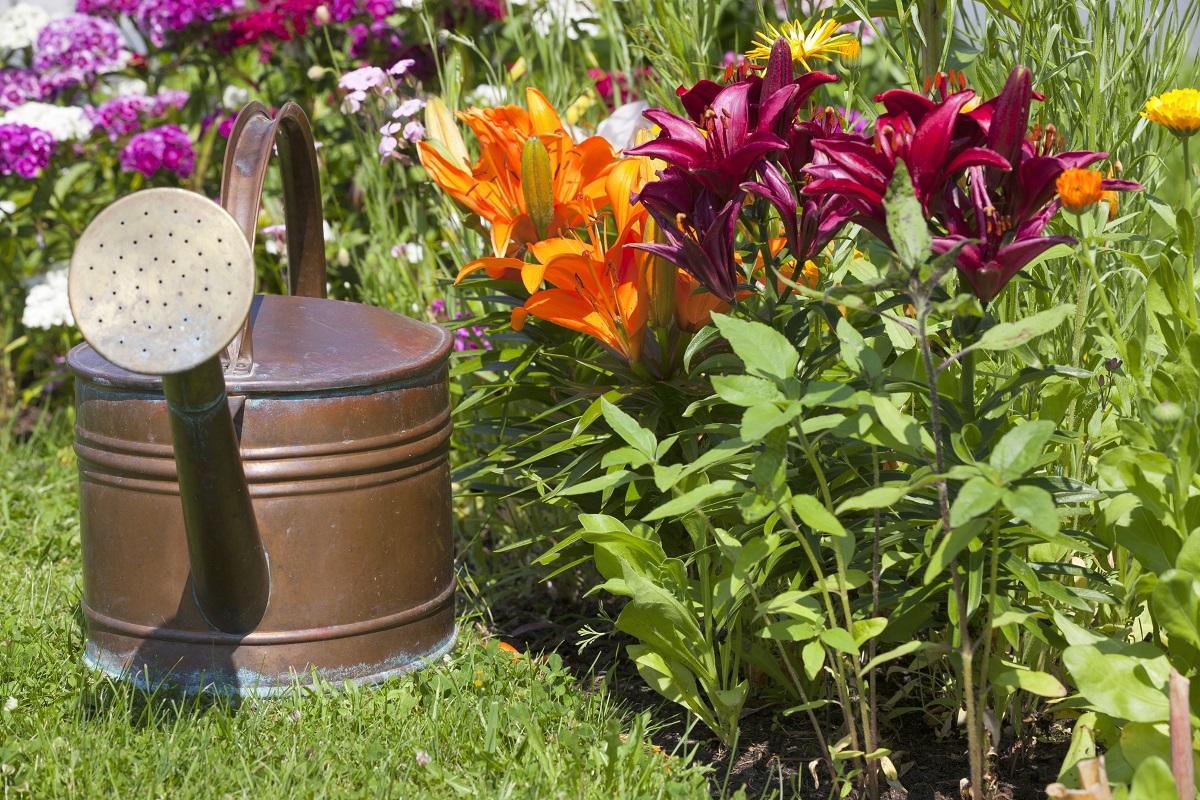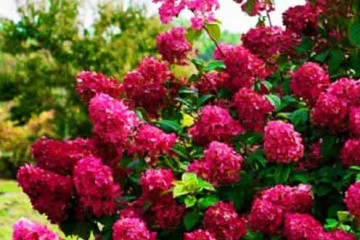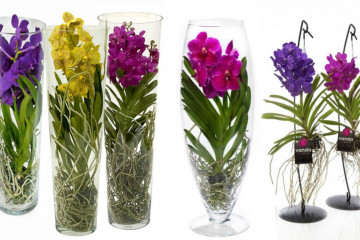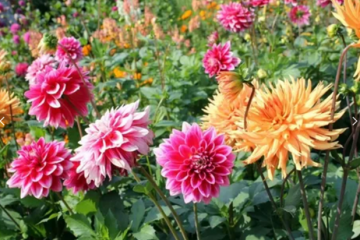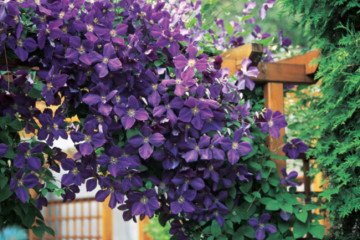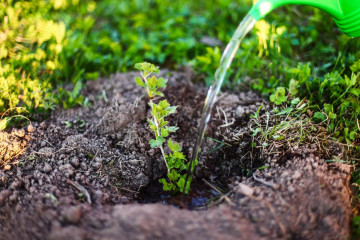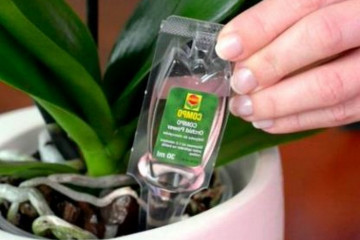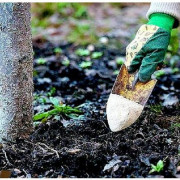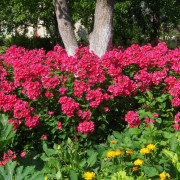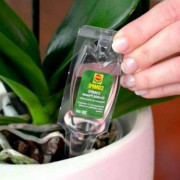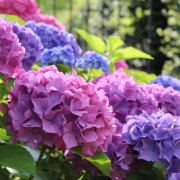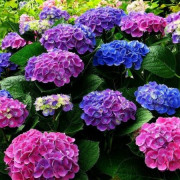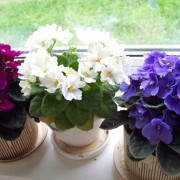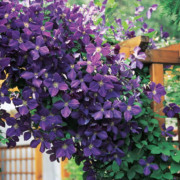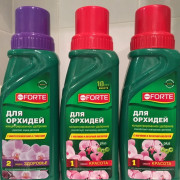How to feed daylilies before and after flowering,
Content:
The daylily can become a real garden decoration. But this requires competent care, otherwise the decorative qualities of the hybrids deteriorate, the duration of flowering is reduced.
To prevent this, you need to know how to feed the daylily before flowering, how to water it correctly and what conditions it needs to provide at different stages of growth.
What trace elements does a daylily need?
Gardeners who have just begun to plant this flower need to know that a lack of nutrients in the soil leads to chlorosis in the plant. That is, development is slower, peduncles are not viable enough and their number is reduced.
To prevent this, you need to know how to fertilize the daylily. It is also important to choose the correct period for the introduction of certain types of dressings.
Here are the basic tips:
- in spring, when it is necessary to start intensive plant growth, it is important to add nitrogenous substances. The fact is that this element takes the most active part in the formation of proteins, chlorophyll and nucleic acids that are included in different parts of the daylily;
- as soon as the buds begin to form, it is advisable to add phosphorus and potassium. You can also add a small amount of nitrogen. The root system will respond favorably enough to such feeding and will begin to develop more intensively, going deeper into the soil. Thus, the plants themselves will be able to extract more and more nutrients;
- in late summer or early autumn, phosphorus and potassium should be added. But nitrogen should be abstained from. This will enable the flower to accumulate energy for the next year.
When it became clear how to feed daylilies, you need to find out how to apply top dressing. Allowed:
- root watering with water, diluted in it with nutrients;
- spraying with a liquid having a lower concentration than in the case of irrigation.
If possible, it is better to combine watering and spraying - this way you can achieve the maximum effect.
Varieties of fertilizers for daylilies
In order for the feeding of daylilies to be complete, use:
- organic matter - horse, cow or bird manure includes nitrogen in large amounts, and potassium, calcium and phosphorus in smaller amounts.
- wood ash obtained by burning plant residues (moreover, when burning deciduous plants, potassium and calcium are obtained in ash, while phosphorus is obtained from conifers).
Store-bought formulations and mixtures can be used as fertilizer for daylilies. These include:
- "Master father" - it contains the most important trace elements, such as potassium, nitrogen and phosphorus, contained in the right proportions. The action of this substance is long-term;
- "Bucephalus" contains horse manure mixed with the main trace elements that flowering plants need, including daylily;
- "Ideal" is biohumus, which has a beneficial effect both on the growth of green mass and on the quality of flowering.
In addition to the above, feeding daylilies during the budding period may include the following trace elements and substances that are chemically important for the plant:
- urea or urea is rich in nitrogen. These substances dissolve quite well in water, so you can make the correct proportion of the solution, both for spraying and for watering;
- potassium sulfate can be used both in solutions and in dry, granular form. This substance is ideal during the time when the buds are set and opened on the plant. Most often it is used as watering;
- calcium nitrate contains nitrogen and calcium, in approximately equal proportions. If the soil tends to be acidic, then it is this top dressing that will be optimal for the plant. It will be able to neutralize the excess effect of iron and manganese in the soil;
- superphosphates are best combined with organic fertilizers. They can be added to compost or manure.
The following preparations are suitable - "Zircon", "Epin", "Peat oxide".
Another good option is complex fertilizers. Most often these are complex preparations, which include micro and macro elements in the form of chelates. It is this composition and concentration that helps to maximize absorption. Daylilies are very often sprayed with complex fertilizers. If we talk about the specifics of the composition, then the main two active ingredients are nitroammophoska and potassium nitrate.
What fertilizer is better to choose
First of all, you need to focus on the season and use only those active ingredients that are best suited in spring, autumn or summer.
If there is no time to mess around in the country with manure, humus or fertilizers that are made independently, then you will have to purchase store-bought preparations. This can save you time and effort. The effect of industrial funds will be more intense and faster.
Top dressing in different growing seasons
When choosing a top dressing, the most important thing is to focus on the stage of growth in which the flower is at a given time.
Spring feeding scheme
The first feeding of the flower is carried out when the soil warms up to approximately +6 ° C. In different regions, it can be either March or May.
You can also focus on the stage of flower growth. When the first top dressing is applied, the flower usually already has leaves about 10 cm long.
At this stage, it is necessary to apply a complex fertilizer containing the maximum amount of nitrogen. Little phosphorus and potassium are needed.
You can water the plants once or twice, diluted in the correct proportion with growth stimulants. The number of waterings should be determined, depending on the state of the daylily.
Summer feeding scheme
When the plant begins to throw out the buds, it should be supported. To do this, it is necessary to feed in June and July with such means that have a large amount of potassium and magnesium. But the nitrogen content should be reduced.
This will provide a more lush bloom and increase its duration.
Common gardener mistakes when fertilizing
You need to make top dressing wisely.Pay attention to the weather conditions in a particular year.
Therefore, when choosing how to fertilize daylilies in the summer, which is replete with a large amount of rainfall, it is better to stop at spraying the flower. It will be more effective.
You should not apply fertilizers thoughtlessly, but you need to do this, strictly adhering to the recommended scheme.
You should pay attention to the condition of a particular plant. And only after making sure that the flower needs support, add additional growth stimulants and nutrients.
With small leaves, pale color, slow growth and a sluggish bush - it is worth increasing the amount of nitrogen in the dressing.
If possible, it is best to analyze the soil on the site and make sure of its composition. Only in this case it is possible to correctly calculate the required feeding. It is better to implement this, since randomly watering the daylily is not the best idea. After all, you can oversaturate the plant with some substances and not give it others.
Homemade products
In addition to store preparations, you can use your own prepared ones. In this case, you can achieve a greater effect, but in a delayed perspective.
Here's a great recipe that is particularly effective:
- crushed green leaves of any plant are placed in a container, filling it by about 70%;
- the remaining volume is taken up with water. You can also add 1 tablespoon of carbamide to the container;
- then left to ferment. It is advisable to choose a sunny place and leave the mixture for 10-12 days. It needs to be mixed periodically.
Then take a liter of tincture and dilute it in 10 liters of water. Watering daylilies with the resulting product, but how often, can be determined only by soil moisture and dryness of the season.
Thus, if you provide proper care and feeding of the plant, then the daylily will decorate any garden and will delight its owners.

